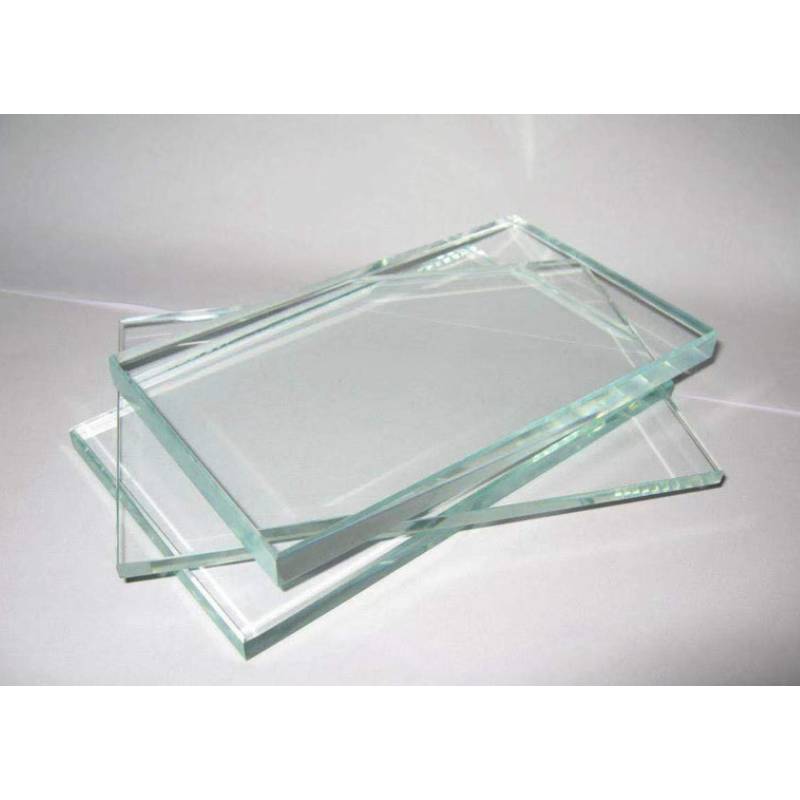Understanding the Difference Between Tempered Glass and Normal Glass
When it comes to selecting the right type of glass for various applications, understanding the differences between tempered glass and normal (or annealed) glass is crucial. Both types of glass serve their purposes well, but they have distinct characteristics that make each suitable for specific uses.
What is Normal Glass?
Normal glass, also known as annealed glass, is the type of glass commonly found in windows, picture frames, and various household items. It is produced by slowly cooling the glass after it has been formed, a process known as annealing. This gradual cooling helps to relieve internal stresses, making the glass more manageable for cutting and shaping. However, normal glass has limitations when it comes to safety and durability. In the event of breakage, normal glass can shatter into sharp shards that pose a serious risk of injury.
Characteristics of Normal Glass
- Cost-Effective Normal glass is generally less expensive to manufacture than tempered glass, making it a cost-effective choice for many applications.
- Ease of Fabrication It can be easily cut, drilled, and processed, allowing for various designs and uses.
- Fragility While it is suitable for many applications, normal glass lacks the strength and safety features found in tempered glass.
What is Tempered Glass?
what's the difference between tempered glass and normal glass
Tempered glass, on the other hand, undergoes a special thermal treatment process that significantly increases its strength. After the glass is formed, it is heated to a high temperature and then rapidly cooled. This process creates compressive stress on the surface and tensile stress on the inside, resulting in a much stronger piece of glass that is four to five times stronger than normal glass of the same thickness. If tempered glass does break, it fractures into small, blunt pieces, which significantly reduces the risk of injury.
Characteristics of Tempered Glass
- Safety The main advantage of tempered glass is its enhanced safety features. When broken, it shatters into small, safe pieces rather than sharp shards.
- Strength It can withstand higher temperatures and greater impacts, making it ideal for situations where safety and durability are paramount, such as in shower enclosures, glass doors, and facades.
- Thermal Resistance Tempered glass is also more resistant to thermal stress, meaning it can handle temperature fluctuations without cracking.
Applications
Due to their distinct characteristics, tempered glass is often used in situations where safety is a concern, such as in cars, glass doors, or glass panels in buildings. Normal glass, while widely used in everyday applications, is not recommended for high-impact or safety-sensitive situations.
Conclusion
In conclusion, while both tempered and normal glass have their respective advantages, the choice between the two should ultimately depend on the intended application. Tamar glass offers enhanced safety and durability, making it ideal for high-risk environments, while normal glass serves well in everyday uses where strength and safety are less of a concern. Understanding these differences can help consumers make informed decisions that best suit their needs.
 Afrikaans
Afrikaans  Albanian
Albanian  Amharic
Amharic  Arabic
Arabic  Armenian
Armenian  Azerbaijani
Azerbaijani  Basque
Basque  Belarusian
Belarusian  Bengali
Bengali  Bosnian
Bosnian  Bulgarian
Bulgarian  Catalan
Catalan  Cebuano
Cebuano  Corsican
Corsican  Croatian
Croatian  Czech
Czech  Danish
Danish  Dutch
Dutch  English
English  Esperanto
Esperanto  Estonian
Estonian  Finnish
Finnish  French
French  Frisian
Frisian  Galician
Galician  Georgian
Georgian  German
German  Greek
Greek  Gujarati
Gujarati  Haitian Creole
Haitian Creole  hausa
hausa  hawaiian
hawaiian  Hebrew
Hebrew  Hindi
Hindi  Miao
Miao  Hungarian
Hungarian  Icelandic
Icelandic  igbo
igbo  Indonesian
Indonesian  irish
irish  Italian
Italian  Japanese
Japanese  Javanese
Javanese  Kannada
Kannada  kazakh
kazakh  Khmer
Khmer  Rwandese
Rwandese  Korean
Korean  Kurdish
Kurdish  Kyrgyz
Kyrgyz  Lao
Lao  Latin
Latin  Latvian
Latvian  Lithuanian
Lithuanian  Luxembourgish
Luxembourgish  Macedonian
Macedonian  Malgashi
Malgashi  Malay
Malay  Malayalam
Malayalam  Maltese
Maltese  Maori
Maori  Marathi
Marathi  Mongolian
Mongolian  Myanmar
Myanmar  Nepali
Nepali  Norwegian
Norwegian  Norwegian
Norwegian  Occitan
Occitan  Pashto
Pashto  Persian
Persian  Polish
Polish  Portuguese
Portuguese  Punjabi
Punjabi  Romanian
Romanian  Russian
Russian  Samoan
Samoan  Scottish Gaelic
Scottish Gaelic  Serbian
Serbian  Sesotho
Sesotho  Shona
Shona  Sindhi
Sindhi  Sinhala
Sinhala  Slovak
Slovak  Slovenian
Slovenian  Somali
Somali  Spanish
Spanish  Sundanese
Sundanese  Swahili
Swahili  Swedish
Swedish  Tagalog
Tagalog  Tajik
Tajik  Tamil
Tamil  Tatar
Tatar  Telugu
Telugu  Thai
Thai  Turkish
Turkish  Turkmen
Turkmen  Ukrainian
Ukrainian  Urdu
Urdu  Uighur
Uighur  Uzbek
Uzbek  Vietnamese
Vietnamese  Welsh
Welsh  Bantu
Bantu  Yiddish
Yiddish  Yoruba
Yoruba  Zulu
Zulu 

